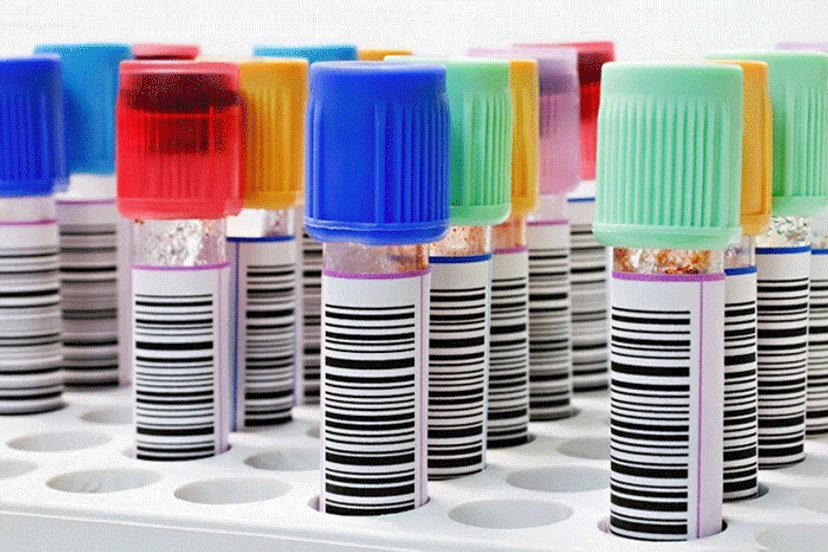Most Downloaded Clinical Chemistry Application Articles
Discover the clinical chemistry application articles most downloaded by SelectScience members this year
21 May 2015

Application articles are uploaded daily to the SelectScience article library
We have compiled a list of the most downloaded clinical chemistry application articles this year so far. The list includes a number of mass spectrometry application notes, as well as the poster abstracts from the recent Binding Site International Symposium on free/heavy light chain analysis.
Read abstracts from all posters submitted to The Binding Site’s 7th International Symposium on Clinical Applications of Free Light Chain and Heavy/Light Chain Analysis. Posters cover a range of topics, including: Monitoring Monoclonal Gammopathies; Diagnostic Algorithms for Multiple Myeloma; Risk Stratification of Monoclonal Gammopathies; Case Reports; AL Amyloidosis; Method Evaluation and Comparison; Monoclonal Free Light Chain and Renal Implications; Other Uses of Free Light Chain and Heavy Light Chain; Free Light Chains in Multiple Sclerosis; and Polyclonal Free Light Chains.
This application note illustrates a method simultaneous analysis of nicotine, two of its major metabolites, cotinine and 3-hydroxycotinine, as well as nornicotine and anabasine from human urine samples. The method described uses Strata™-X-C solid phase extraction (SPE) cartridges for sample clean-up and concentration, followed by fast (<6 min) LC/MS/MS analysis using a Gemini® NX-C18 column.
Quantification of small molecules in biological samples (such as serum, plasma, urine or blood) by LC-MS is generally only performed after a sample clean-up step. This is due to the presence of specific matrix constituents – such as proteins and phospholipids – which might negatively affect the analysis. The Tecan AC Extraction Plate simplifies sample preparation by efficiently removing most matrix components – such as proteins and salts – without any precipitation, filtration, centrifugation and evaporation steps.
In this application note, an automated, high-throughput LC-MS/MS workflow was developed for the analysis of 25-hydroxyvitamin D2/3 and 3-epi-25-hydroxyvitamin D3 in human serum for research laboratories.
5. Automation of a Method for the Analysis of a Pain Panel by LC-MS/MS
In the work presented here, an LC-MS/MS method for the analysis of a pain panel comprising 15 analytes has been developed and automated from start to finish, using the AB SCIEX 3200 QTRAP® LC/MS/MS System for analysis. Not only does method automation eliminate human error, thus increasing reproducibility, it also eliminates subjectivity during data processing and furthermore has the potential to save a great deal of time.
Measurement of circulating levels of 25-hydroxy vitamin D is important in the diagnosis of intestinal mal-absorption and vitamin D deficiency or intoxication in humans. This has led to exponential growth in clinical diagnosis tests for 25-hydroxyvitamin D in blood serum. Some laboratories have developed assays using LC-MS/MS tandem mass spectrometry or HPLC. However, sample preparation to meet the requirements of these innovative methods is a cumbersome process if performed manually. To assist the sample preparation, this application note presents the VERSA Workstation for automated liquid-liquid extraction of 25-hydroxyvitamin D from blood samples.
